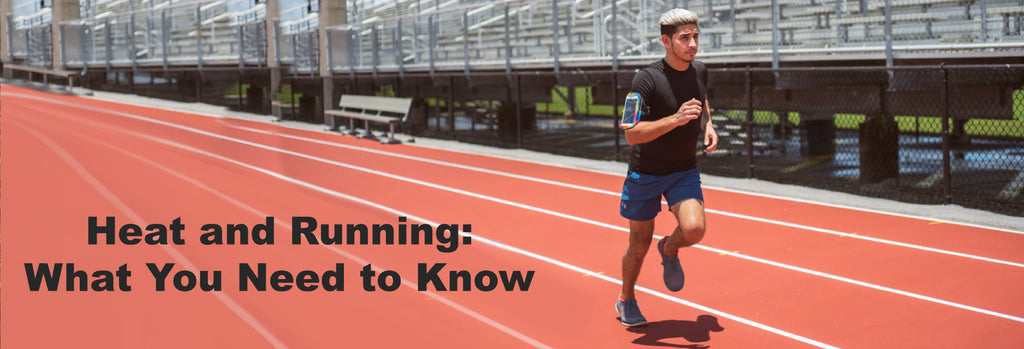It comes as no surprise that the average American works over 40 hours per week, and that many of those hours are spent parked in a chair, likely in front of a computer screen. While some jobs may involve some pretty intense physical demands on a regular basis (I’m looking at you, construction workers and Pilates instructors), the vast majority of workers are probably looking to brief jogs to the water cooler or surreptitious desk yoga to meet those daily calisthenics requirements. Sadly, as your fitness tracker may incessantly remind you, water and bathroom breaks hardly make a dent in your step count, and yes, your coworkers do give you side-eye for attempting Warrior 2 in a sitting position.
That said, most of us opt to squeeze some fitness in our off-work hours. But, after waking up early and putting in 8+ hours of hard work at your job, the thought of jumping right into a rigorous workout when all you want to do is curl up on the couch with chips and guac can be a tough sell. For those of us who suck it up and decide we absolutely WILL be working out today, the next hurdle is deciding intensity. If you’re anything like me, you want to get your workouts done as quickly as possible. Which means you’d rather grimace in pain, curse the world, and have buckets of sweat stinging your eyes for a half hour than be moderately uncomfortable at a more reasonable heart rate for an hour or more.
Of course, the key to any good workout regimen is variety, and while it may feel like we should always be striving to “be better than yesterday” or “go hard or go home” or “leave it all on the court/mat/field,” it’s important to keep in mind that not every workout need be a PSA on the human body’s uncanny ability to endure. While marathon running is in the cards for some, a brisk walk is just as much of a legitimate exercise opportunity with its own slew of benefits. While it does take longer to achieve the same caloric burn while walking than it would running, walking still touts similar cardiovascular health benefits and aids to lower risk for pesky weight-related issues like hypertension and diabetes. Moreover, walking is less taxing on the joints and participants are less prone to injury than their running counterparts.
Let’s also take a second to recognize that not all exercise is done for the sole purpose of weight loss. If you’re one of those people who needs a cathartic release of excess energy at the end of your day, or use your workouts as time to clear your head, reflect, and ruminate, any physical activity will do—no matter if it’s the fast whip of wind on your face during a sprint or the soft breeze of a leisurely neighborhood stroll. And because the last thing you want on your mind while you’re in the zone is your phone bouncing around your pocket, make sure you have your trusty Armpocket Racer or i-40 Plus at the ready. Whether you need a lightweight, sleek armband for your runs or an armband with easy touchscreen access and plenty of storage for your walks, listening to your favorite playlist or podcast while getting your blood flowing has never been easier.
The bottom line, as cliché as it sounds, is to listen to your body. The best type of workout for you is the one you will actually commit to doing. There’s no sense hyperventilating at your top speed if it’s only going to make you dread doing the same run tomorrow. Pushing yourself too hard will only work to discourage you and ultimately lead you to abandon the workout altogether—and we don’t want that! We want you bright-eyed and bushy-tailed, excited for tomorrow when you get to do it all over again! So if you’re definitely not the type who will wake up at 5am for a quick 5K before work, maybe you’re the type who will wake up for a sunrise walk in the park instead. Either one is a commitment to a healthier lifestyle and is an adoption of great habits to keep you fit in the long-run (or walk).










